In the ever-evolving landscape of digital marketing, email remains a cornerstone of customer engagement and retention. As businesses seek to optimize their email marketing strategies, two platforms consistently emerge as frontrunners: HubSpot and Mailchimp. Both offer robust features and capabilities, but their approaches and strengths differ significantly. Additionally, innovative solutions like Prism Reach are pushing the boundaries of personalization and automation, offering unique advantages that cater to the growing demand for hyper-personalized marketing.
This comprehensive comparison delves into the intricacies of HubSpot and Mailchimp, examining their features, pricing models, and overall performance. By understanding the nuances of these industry leaders, marketers can make informed decisions that align with their specific needs and goals, ultimately driving better results and ROI from their email marketing efforts.
Key Facts
- Platform Focus: HubSpot is an all-in-one platform integrating marketing, sales, and CRM, while Mailchimp focuses primarily on email marketing with additional automation features.
- Pricing: HubSpot’s pricing ranges from free to $3,600/month, whereas Mailchimp offers plans from free to $299/month, making it generally more affordable for small to medium-sized businesses.
- Email Deliverability: Mailchimp boasts a higher email deliverability rate (92.6%) compared to HubSpot (79.8%), a crucial factor in email marketing success.
Feature Face-Off: HubSpot vs Mailchimp
Platform Focus and Integration
HubSpot offers a comprehensive all-in-one platform that integrates marketing, sales, CRM, and customer service. This integration is particularly beneficial for businesses looking for a unified solution to manage their entire customer lifecycle. As Brian Halligan, HubSpot’s CEO, emphasizes, “Our goal is to provide businesses with a complete growth platform that eliminates the need for multiple disconnected tools.”
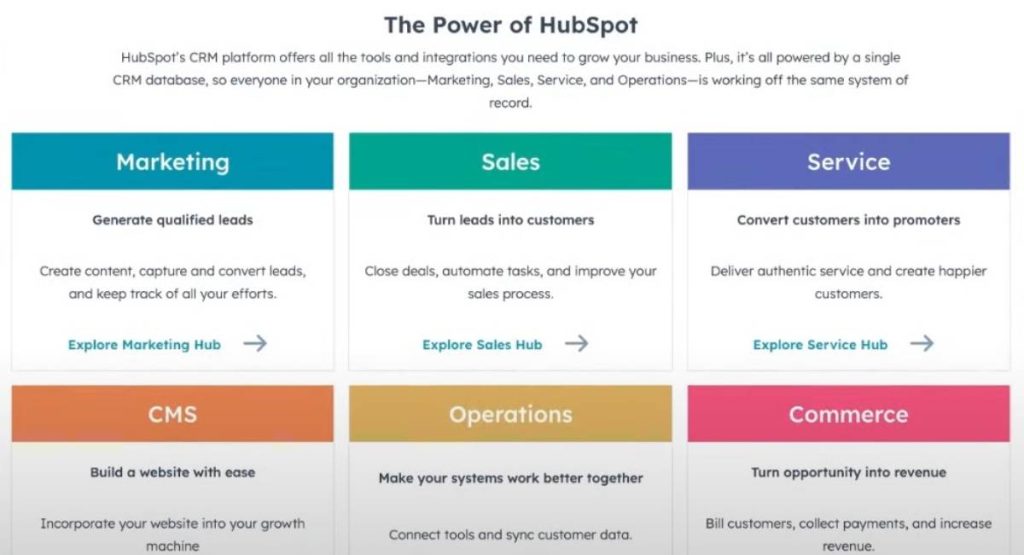
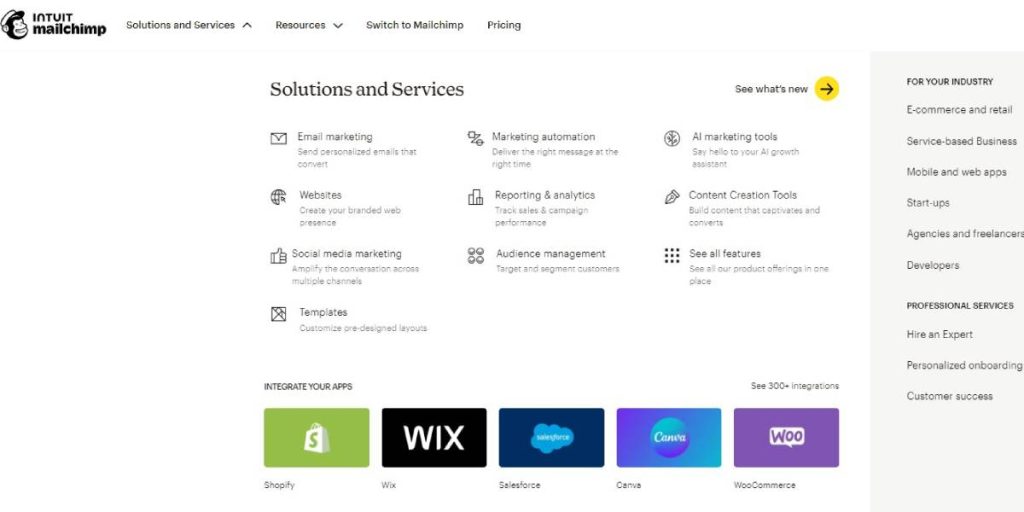
In contrast, Mailchimp started as an email marketing platform and has expanded to include additional marketing automation features. It’s more focused on email marketing and related functionalities, making it a strong choice for businesses primarily concerned with email campaigns and basic automation.
User Interface and Ease of Use
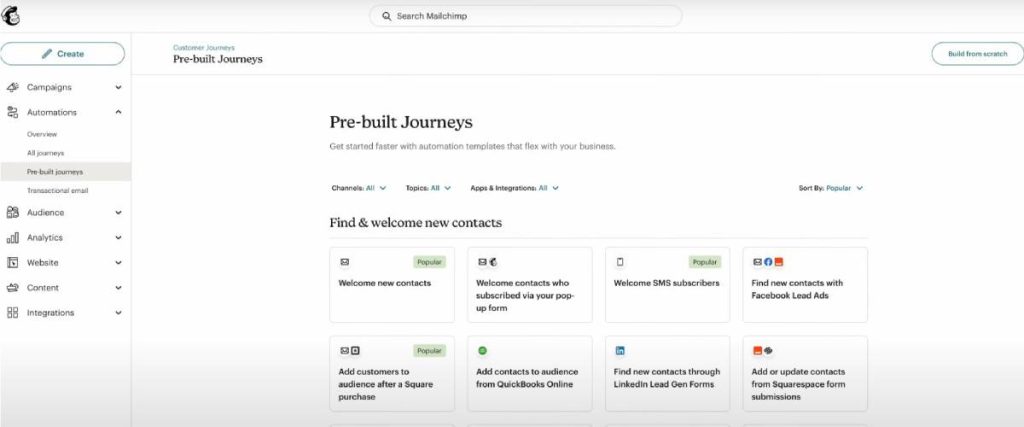
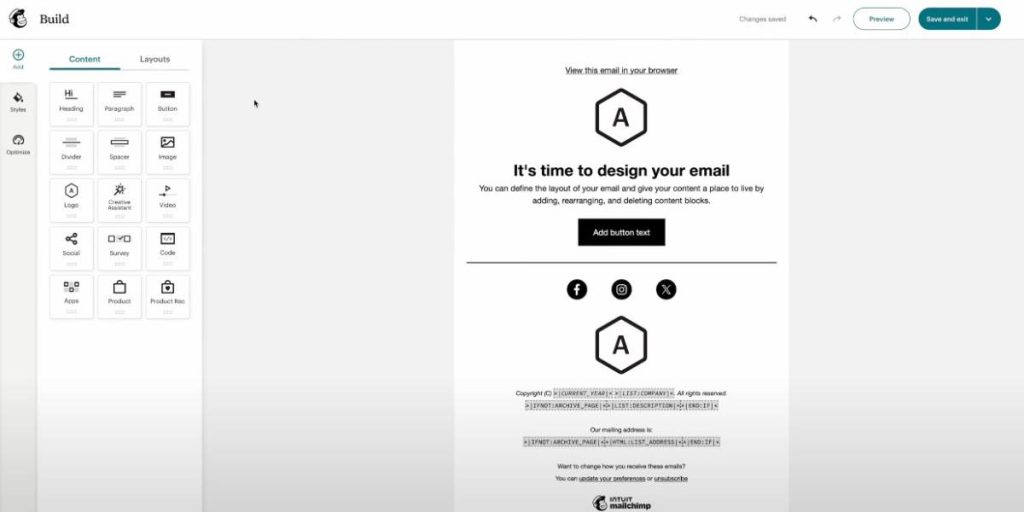
User Interface and Ease of Use
Mailchimp is renowned for its user-friendly interface, making it accessible to beginners and small businesses without dedicated marketing teams. Its drag-and-drop email editor and extensive template library simplify the design process.
HubSpot, while still user-friendly, has a steeper learning curve due to its more comprehensive feature set. However, it offers more advanced customization options for those willing to invest the time to learn the platform.
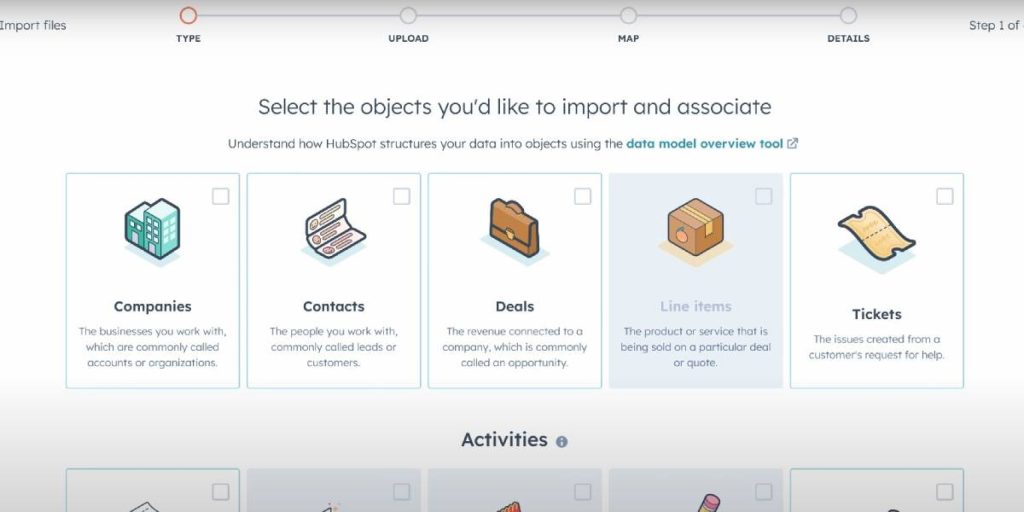
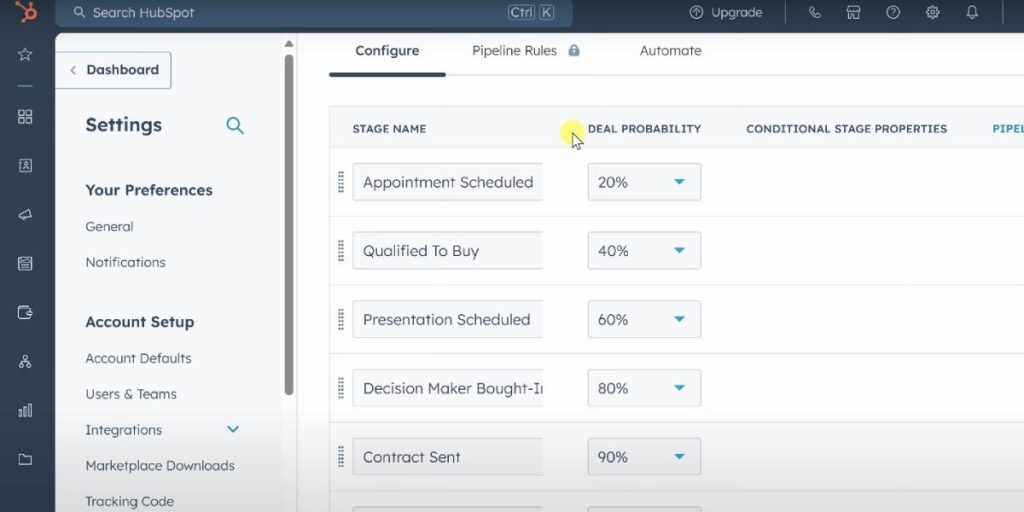
Automation Capabilities
HubSpot’s automation tools are more extensive, allowing for complex, multi-channel workflows. This makes it suitable for businesses with sophisticated marketing needs and those looking to implement advanced strategies like account-based marketing.
Mailchimp’s automation tools, while more limited, are highly effective for email-centric campaigns. They’re particularly user-friendly for those new to marketing automation, making it a good choice for small businesses or those just starting with automated marketing.
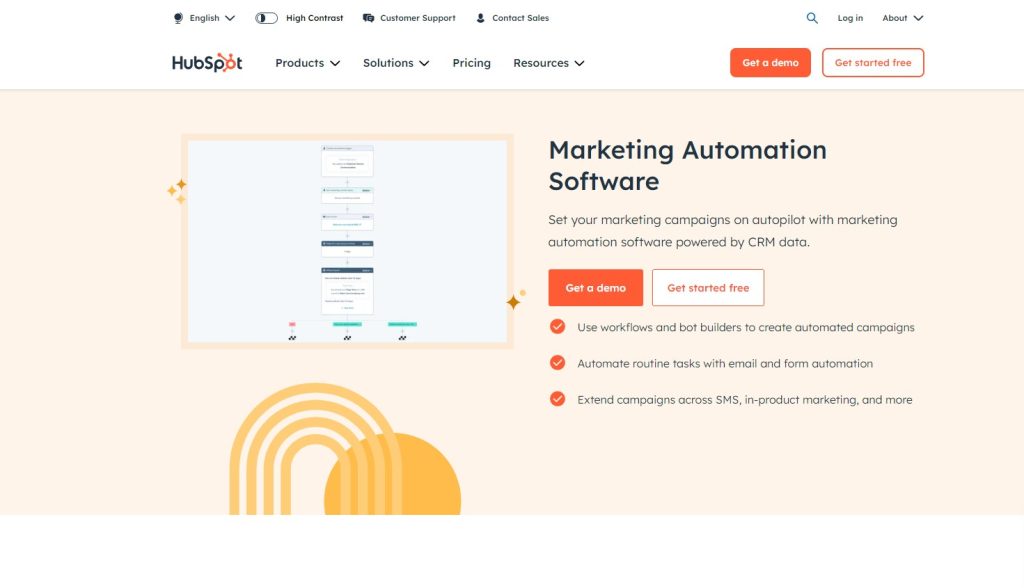
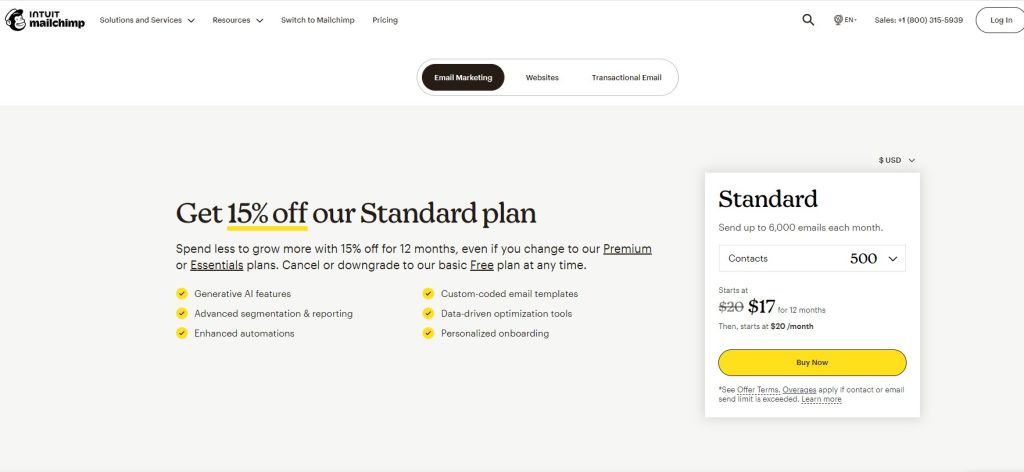
Pricing
HubSpot’s pricing is more complex and generally higher, starting at $45/month and scaling up to $3,600/month for enterprise solutions. While this can be prohibitive for smaller organizations, it may offer better value for larger businesses needing a comprehensive marketing and sales solution.
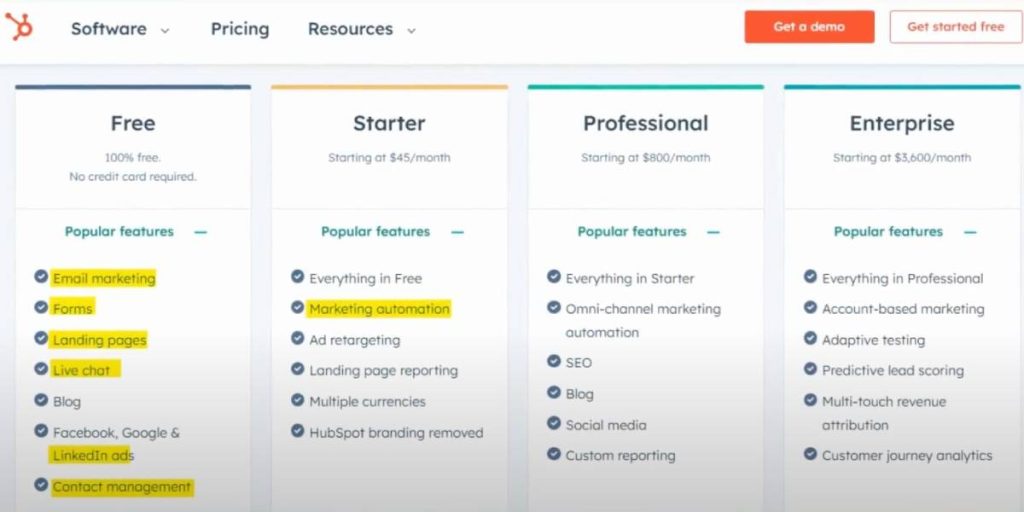
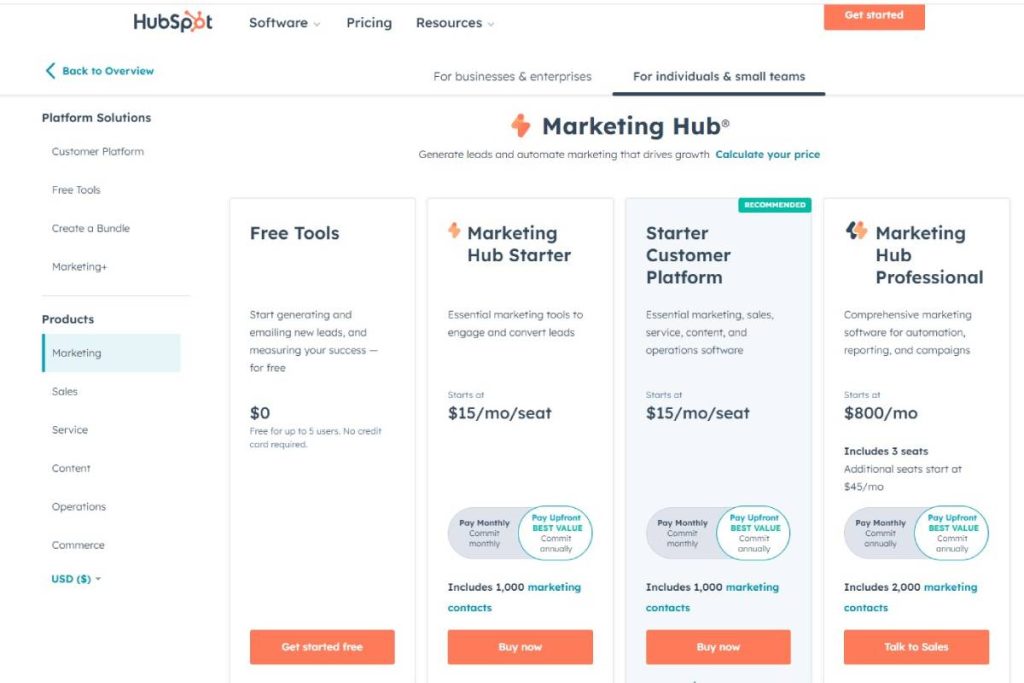
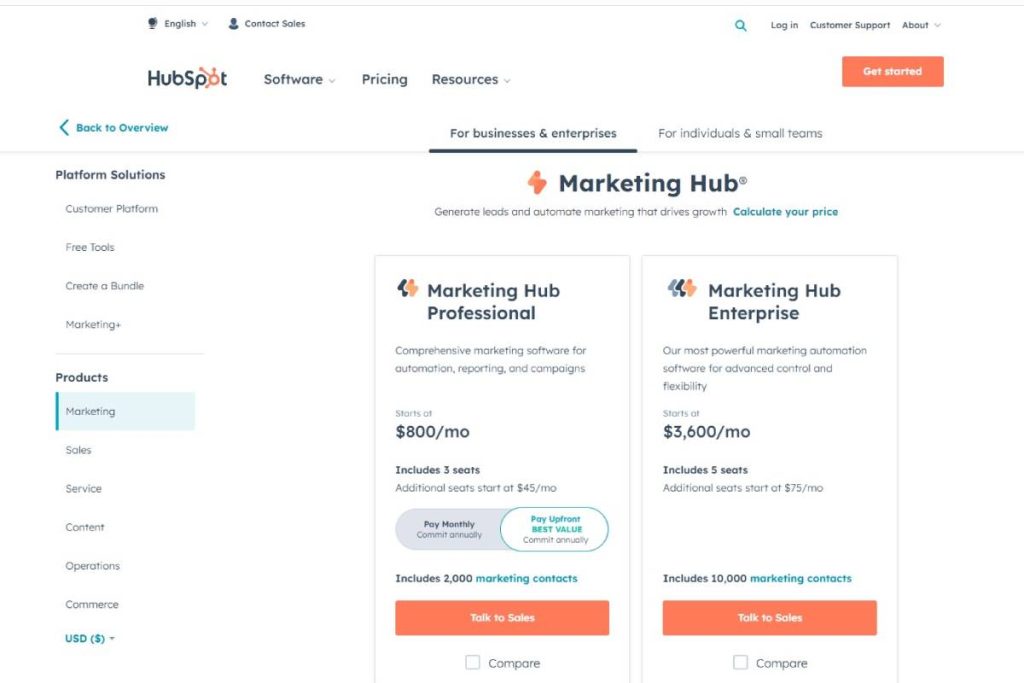
Mailchimp offers a more accessible pricing structure, with a free plan for up to 500 subscribers and paid plans ranging from $11 to $299 per month. This makes it an attractive option for small businesses, startups, or those with limited budgets.
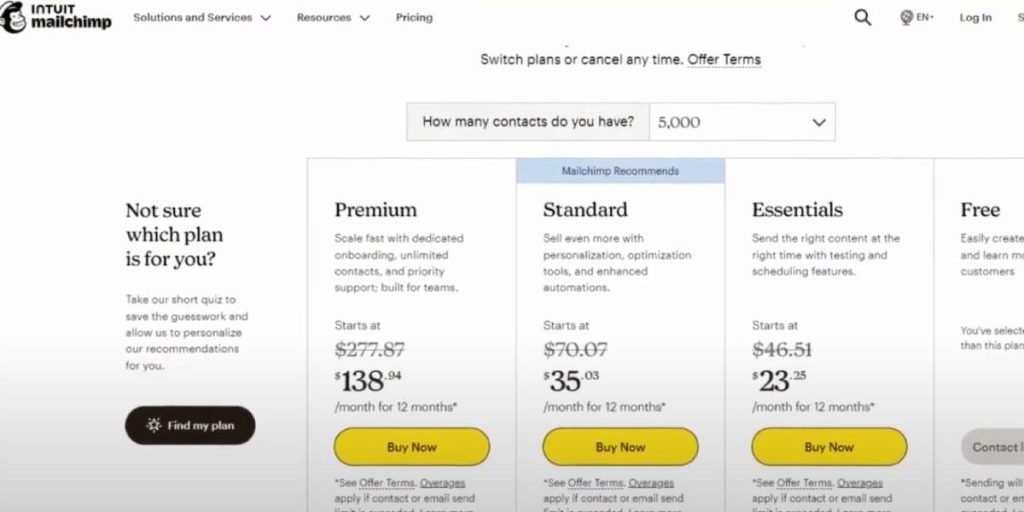
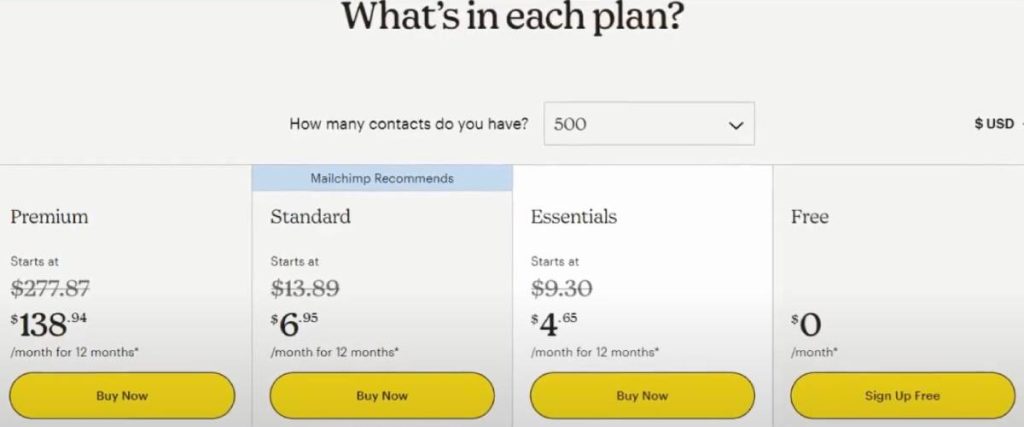
Email Deliverability
Mailchimp significantly outperforms HubSpot in this crucial area, with a 92.6% deliverability rate compared to HubSpot’s 79.8%. This higher deliverability rate can have a substantial impact on the success of email campaigns and overall ROI.
Scalability
HubSpot’s extensive feature set and tiered pricing model make it highly scalable, capable of growing with your business from startup to enterprise level. Mailchimp, while also offering scalability, may become limiting for larger organizations with complex needs beyond email marketing and basic automation.
Hidden Gems: Enhancing Your Marketing with HubSpot and Mailchimp
While HubSpot and Mailchimp are packed with features, there are several “hidden gems” within these platforms that are not widely recognized but can significantly enhance marketing effectiveness. Incorporating these strategies can provide a competitive edge and optimize your email marketing campaigns.
1. Dynamic Content Personalization in HubSpot
Utilize HubSpot’s smart content feature to tailor emails and landing pages based on user behavior and demographics. This allows you to display different content to different segments, enhancing engagement and conversion rates.
2. Lead Flows for Targeted Engagement
Implement HubSpot’s lead flows, which are pop-up forms that present tailored content based on user behavior. For example, offer an eBook to users who spend a significant amount of time on a specific blog post. This targeted approach can significantly increase lead capture rates.
3. Behavior-Based Email Triggers
In HubSpot, set up workflows that trigger emails based on specific user actions, such as visiting a pricing page or downloading a resource. This level of automation ensures timely and relevant communication, improving open and conversion rates.
4. Customizable Email Templates with Code in HubSpot
Leverage HubSpot’s ability to create fully customizable email templates using HTML/CSS. This flexibility allows brands to maintain consistent branding and create unique email designs that stand out in crowded inboxes.
5. Anonymous Visitor Tracking
Use HubSpot’s anonymous event tracking to gather insights about visitors who haven’t converted yet. This data can inform your marketing strategies by helping you understand what content attracts potential leads.
By leveraging these hidden gems, marketers can unlock advanced functionalities within HubSpot and Mailchimp, driving more effective and personalized email marketing campaigns.
Innovative Solutions by Prism Reach
While HubSpot and Mailchimp dominate the email marketing landscape, innovative solutions like Prism Reach are emerging to address the growing demand for hyper-personalization in digital marketing. Prism Reach’s AI-powered platform offers a unique approach to newsletter creation and distribution, filling gaps left by traditional email marketing tools.
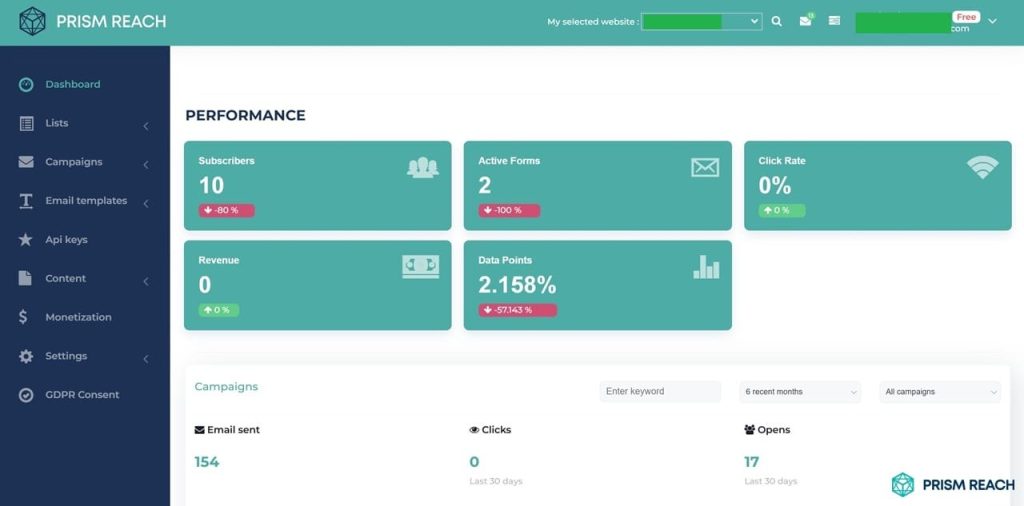
Key Benefits of Prism Reach
- AI-Powered Personalization: Prism Reach utilizes sophisticated AI algorithms to customize every aspect of newsletters based on subscriber behavior and preferences, ensuring highly relevant and engaging content.
- Advanced AI Features: The platform includes anti-spam checks and focuses on high deliverability, crucial for maintaining engagement levels and avoiding spam filters.
- Seamless Setup and Integration: Prism Reach offers a quick setup process, allowing integration within 10 minutes and facilitating easy migration of existing subscriber lists through one-click uploads.
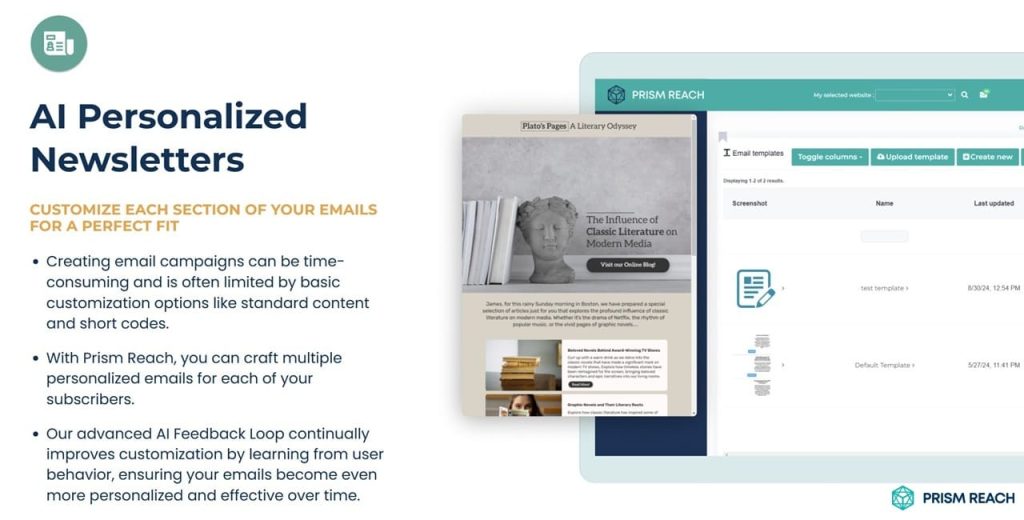
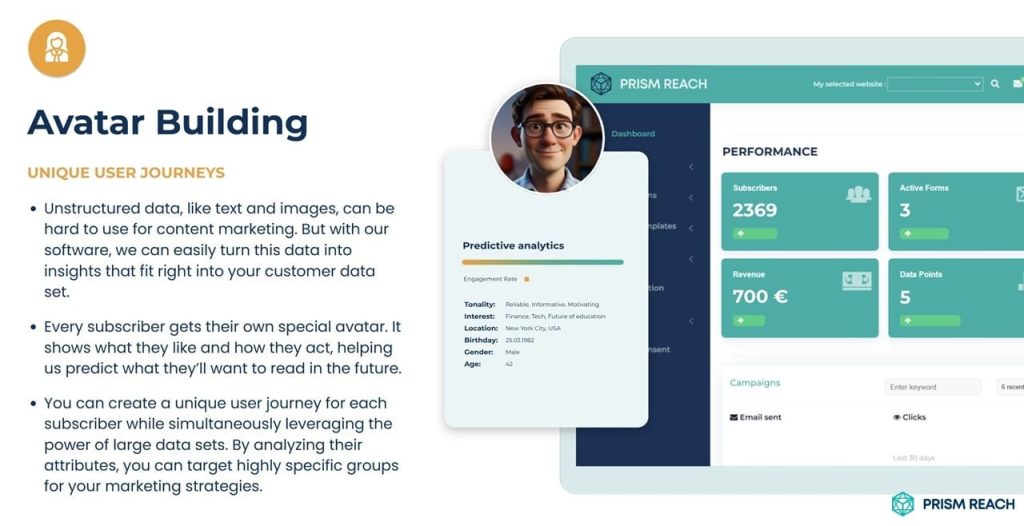
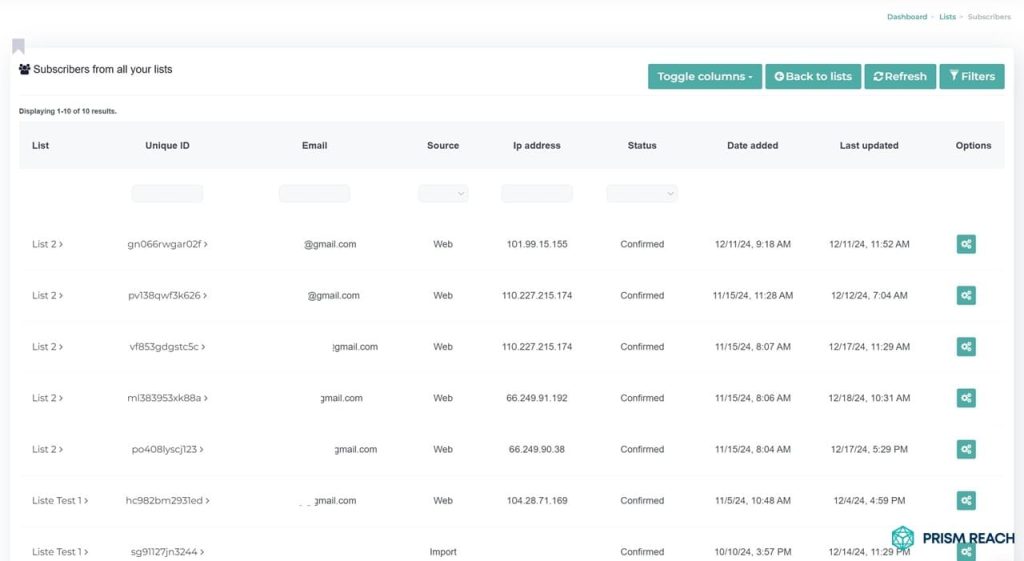
Prism Reach’s Unique Advantages
Prism Reach stands out by transforming how publishers and content creators engage with their audiences. Its proprietary AI technology clusters website content and social media posts into relevant categories, enabling the creation of detailed user avatars that drive personalized newsletter content. Factors such as location, engagement history, and predicted interests are incorporated to tailor content that resonates with each subscriber.
The platform’s ability to analyze vast amounts of data allows for highly targeted marketing strategies, resulting in up to 40% higher engagement rates and improved monetization through tailored advertising. Additionally, Prism Reach’s automated campaign creation and delivery system streamline the process, saving time and resources compared to more manual approaches required by HubSpot and Mailchimp.
Integrating Prism Reach with HubSpot and Mailchimp
For businesses already using HubSpot or Mailchimp, integrating Prism Reach can amplify their email marketing efforts by adding an extra layer of AI-driven personalization. This integration can help in:
- Enhancing Content Personalization: Combining Prism Reach’s AI with HubSpot’s dynamic content features can create even more tailored email experiences.
- Improving Lead Capture: Using Prism Reach’s advanced segmentation alongside HubSpot’s lead flows can increase the effectiveness of lead generation strategies.
- Optimizing Send Times: Prism Reach’s predictive analytics can complement Mailchimp’s scheduling tools to ensure emails are sent at the optimal times for each subscriber.
Potential Benefits of Prism Reach
1. Increased Engagement
One of the standout benefits of Prism Reach is its ability to significantly boost engagement rates among subscribers. By leveraging advanced AI algorithms, Prism Reach personalizes every aspect of the newsletter content to match individual subscriber preferences and behaviors. This level of personalization ensures that each subscriber receives content that is highly relevant to their interests, leading to increased interaction with the emails.
For instance, publishers have reported up to a 40% increase in engagement rates after implementing Prism Reach. This surge in engagement is attributed to the platform’s ability to analyze vast amounts of data to understand subscriber behavior patterns. By delivering content that resonates with each user, Prism Reach fosters a more meaningful connection between publishers and their audiences, encouraging subscribers to open, read, and interact with the emails more frequently.
Moreover, Prism Reach’s dynamic content personalization ensures that newsletters are not only relevant but also timely. The platform’s predictive analytics determine the optimal times to send emails, further enhancing the likelihood of subscriber interaction. This strategic approach to content delivery helps maintain a consistent engagement level, reducing the chances of subscriber fatigue and email fatigue.
2. Higher Revenue
Prism Reach directly contributes to higher revenue generation through its tailored advertising and efficient content targeting capabilities. By utilizing detailed user avatars and sophisticated segmentation, Prism Reach ensures that advertisements and promotional content are precisely aligned with subscriber interests and behaviors.
This precise targeting means that advertisements are more likely to be relevant to the audience, resulting in higher click-through rates and conversion rates. Publishers can leverage Prism Reach’s advertising network and swap network to place ads in front of the most receptive audience segments, maximizing the return on investment for their advertising efforts.
Additionally, Prism Reach’s ability to analyze purchase behaviors and engagement history allows for the creation of personalized product recommendations within newsletters. These tailored recommendations not only enhance the user experience but also drive repeat purchases and customer loyalty, further boosting revenue streams. By integrating Prism Reach with eCommerce platforms, businesses can automate and optimize their marketing efforts, ensuring that each campaign is both effective and profitable.
3. Improved Productivity
Prism Reach significantly enhances productivity by automating various aspects of the email marketing process. The platform’s AI-driven insights and automation tools streamline campaign creation, management, and optimization, allowing marketers to focus on strategic planning and creative tasks rather than manual execution.
For example, Prism Reach’s one-click upload feature simplifies the migration of existing subscriber lists, saving valuable time during the setup phase. The platform’s AI-enhanced sign-up forms are designed to increase sign-up rates while ensuring compliance with GDPR, reducing the need for manual oversight and intervention.
Furthermore, Prism Reach’s automated campaign creation and delivery system ensures that newsletters are consistently personalized and optimized without requiring constant manual adjustments. This automation not only speeds up the campaign rollout process but also ensures that each newsletter maintains a high level of quality and relevance. By reducing the time and effort required to manage email marketing campaigns, Prism Reach allows teams to allocate their resources more efficiently, ultimately leading to improved overall productivity.
Upgrade Your Email Marketing with AI Personalization!
FAQ
Conclusion
In the HubSpot vs. Mailchimp debate, there’s no one-size-fits-all answer. HubSpot’s comprehensive suite of tools makes it ideal for larger businesses or those seeking an all-in-one marketing solution. Its extensive features and customization options come at a higher price point but offer significant value for companies with complex marketing needs.
Mailchimp, with its user-friendly interface, affordable pricing, and superior email deliverability, remains an excellent choice for small to medium-sized businesses focused primarily on email marketing. Its simplicity and effectiveness in core email marketing functions make it a go-to option for many marketers.
As the email marketing landscape evolves, innovative solutions like Prism Reach are pushing the boundaries of personalization and automation. For businesses looking to take their email marketing to the next level, exploring these cutting-edge platforms alongside established players like HubSpot and Mailchimp could yield significant benefits.
Ultimately, the choice between HubSpot, Mailchimp, or newer alternatives like Prism Reach should be based on a careful assessment of your business’s specific needs, budget, and long-term marketing goals.
Sources
- Halligan, B. (n.d.). HubSpot: Inbound Marketing & Sales Software. HubSpot. https://www.hubspot.com/
- Foreman, J. (n.d.). Mailchimp: Marketing, Automation & Email Platform. Mailchimp. https://mailchimp.com/
- Zapier. (n.d.). HubSpot vs. Mailchimp: Which should you choose? https://zapier.com/blog/hubspot-vs-mailchimp/
- TechRepublic. (n.d.). HubSpot vs. Mailchimp: Compare top marketing automation tools. https://www.techrepublic.com/article/hubspot-vs-mailchimp/
- EmailTooltester.com. (n.d.). HubSpot vs Mailchimp: Which Email Marketing Tool is Best? https://www.emailtooltester.com/en/blog/hubspot-vs-mailchimp/